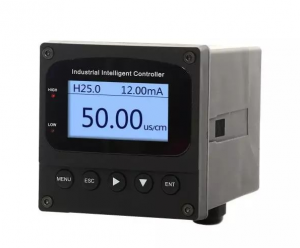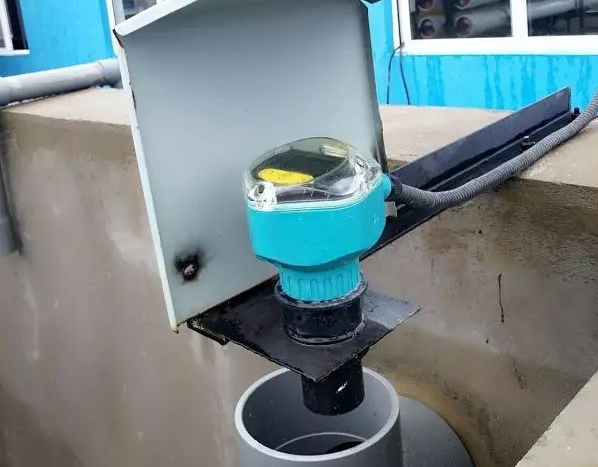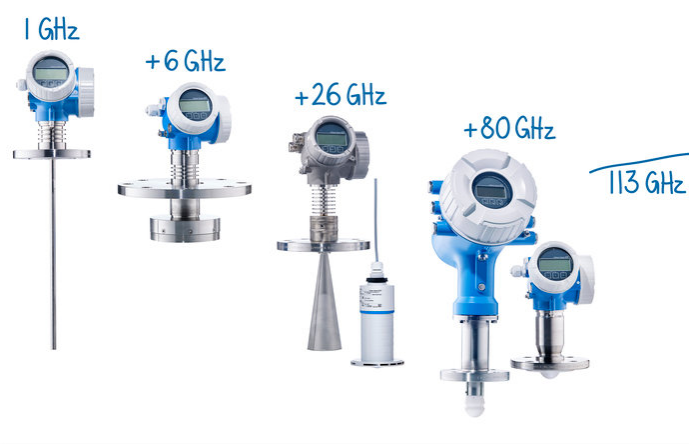Unlock Efficiency in Wastewater Treatment
Ensure compliance, boost performance, and safeguard ecosystems with precision instrumentation
This essential guide highlights the most reliable environmental monitoring instruments used in modern wastewater treatment systems, helping operators maintain compliance while optimizing process efficiency.
Accurate Wastewater Flow Measurement
1. Electromagnetic Flowmeters (EMFs)
The industry standard for municipal and industrial wastewater applications, EMFs use Faraday’s Law of electromagnetic induction to measure flow in conductive liquids without moving parts.
- Accuracy: ±0.5% of reading or better
- Minimum conductivity: 5 μS/cm
- Ideal for: Sludge, raw sewage, and treated effluent measurement
2. Open Channel Flowmeters
For applications lacking enclosed pipelines, these systems combine primary devices (flumes/weirs) with level sensors to calculate flow rates.
- Common types: Parshall flumes, V-notch weirs
- Accuracy: ±2-5% depending on installation
- Best for: Stormwater, oxidation ditches, and gravity-fed systems
Critical Water Quality Analyzers
1. pH/ORP Meters
Essential for maintaining effluent within regulatory limits (typically pH 6-9) and monitoring oxidation-reduction potential in treatment processes.
- Electrode life: 6-12 months in wastewater
- Automatic cleaning systems are recommended for fouling prevention
- ORP range: -2000 to +2000 mV for complete wastewater monitoring
2. Conductivity Meters
Measures total dissolved solids (TDS) and ionic content, providing immediate feedback on chemical loads and salinity in wastewater streams.
3. Dissolved Oxygen (DO) Meters
Critical for aerobic biological treatment processes, with optical sensors now outperforming traditional membrane types in wastewater applications.
- Optical sensor advantages: No membranes, minimal maintenance
- Typical range: 0-20 mg/L (0-200% saturation)
- Accuracy: ±0.1 mg/L for process control
4. COD Analyzers
Chemical Oxygen Demand measurement remains the standard for evaluating organic pollutant load, with modern analyzers providing results in 2 hours versus traditional 4-hour methods.
5. Total Phosphorus (TP) Analyzers
Advanced colorimetric methods using molybdenum-antimony reagents provide detection limits below 0.01 mg/L, essential for meeting stringent nutrient removal requirements.
6. Ammonia Nitrogen (NH₃-N) Analyzers
Modern salicylic acid photometry methods eliminate mercury use while maintaining ±2% accuracy for ammonia monitoring in influent, process control, and effluent streams.
Reliable Wastewater Level Measurement
1. Submersible Level Transmitters
Ventilated or ceramic sensors provide reliable level measurement in clean water applications, with titanium housings available for corrosive environments.
- Typical accuracy: ±0.25% FS
- Not recommended for: Sludge blankets or grease-laden wastewater
2. Ultrasonic Level Sensors
Non-contact solution for general wastewater level monitoring, with temperature compensation for outdoor installations. Requires 30° beam angle for optimal performance in tanks and channels.
3. Radar Level Sensors
26 GHz or 80 GHz radar technology penetrates foam, steam, and surface turbulence, providing the most reliable level readings in difficult wastewater conditions.
- Accuracy: ±3mm or 0.1% of range
- Ideal for: Primary clarifiers, digesters, and final effluent channels
Post time: Jun-12-2025







